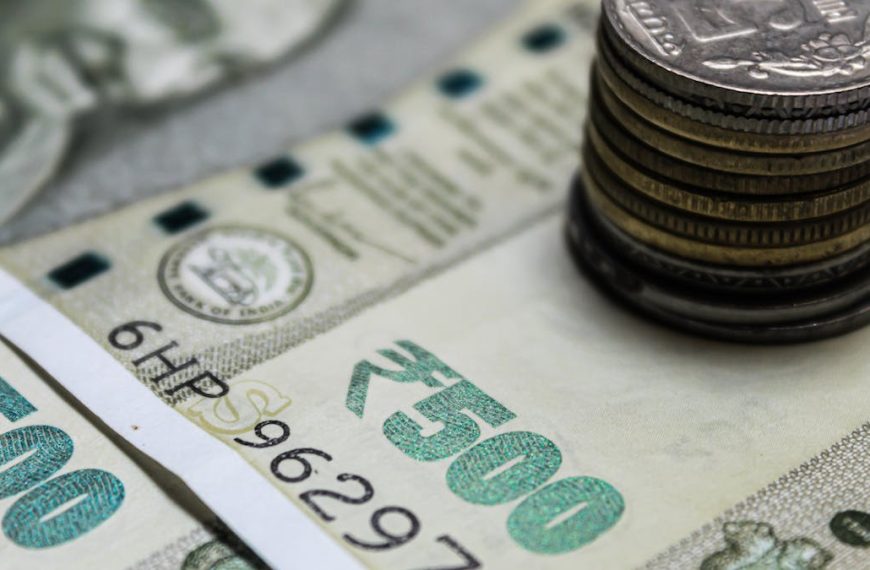The Indian government is making significant strides in promoting rooftop solar energy through its flagship initiative, the PM Suryaghar Muft Bijlee Yojana. As of March 10, 2024, the program has successfully installed 10.09 lakh rooftop solar connections, according to Pralhad Joshi, the Minister of New and Renewable Energy. This ambitious project, launched by Prime Minister Narendra Modi in February 2024, aims to install solar panels on 10 million households by 2027, with a total budget of ₹75,021 crore.
Impressive Progress in Solar Capacity
Since its inception, the PM Suryaghar Muft Bijlee Yojana has facilitated the installation of over 3 GW of rooftop solar capacity, with plans to reach an additional 27 GW by March 2027. The government has allocated ₹13,175.33 crore for the fiscal year 2024-25, emphasizing its commitment to expanding renewable energy in India.
- 47.3 lakh applications received
- 6.13 lakh beneficiaries have received subsidies totaling ₹4,770 crore
- 3.10 lakh loan applications submitted, with 1.58 lakh loans sanctioned and 1.28 lakh disbursed
Under this program, beneficiaries can receive a subsidy of up to ₹78,000 for rooftop solar systems of up to 3KW.
States Leading the Charge
Several regions have excelled in meeting their rooftop solar targets. Notably, Chandigarh and Daman & Diu have achieved 100% completion for government buildings. States like Rajasthan, Maharashtra, Gujarat, and Tamil Nadu are also making remarkable contributions to the overall installation figures.
According to data from the Central Electricity Authority, India’s renewable energy capacity reached 212.17 GW as of January 2024, with solar power accounting for 100.34 GW.
Record Growth in Solar Installations
In a remarkable turn of events, India added 25.2 GW of solar power capacity in 2024, a significant increase from the 8.3 GW installed in 2023, as noted in a recent report by Mercom. This surge in installations is attributed to the PM Suryaghar Muft Bijlee Yojana, which has stimulated a 86% increase in rooftop solar installations, reaching 3.2 GW in 2024 compared to 1.7 GW in the previous year.
- Residential consumers made up 74% of these installations, marking a new trend in solar energy adoption.
- Top states for rooftop solar additions included:
- Gujarat: 36%
- Maharashtra: 20%
- Kerala: 9%
Overcoming Challenges for Solar Deployment
Despite the impressive growth, challenges remain, particularly regarding land availability for solar projects. The government is actively engaging with developers and state officials to find solutions that will facilitate quicker deployment of solar initiatives.
The Ministry of New and Renewable Energy has stated that they are collaborating with stakeholders, including REC Ltd, distribution companies, and vendors, to address challenges for effective scheme implementation.
Future Goals and Initiatives
The government’s target for this fiscal year is to exceed 12 lakh rooftop solar installations. The scheme is projected to generate approximately 1 lakh crore units of electricity while reducing carbon dioxide emissions by 72 crore tonnes.
Additionally, the initiative will establish Model Solar Villages in each district. The village that achieves the highest level of solarization within six months will receive ₹1 crore in central financial assistance, further incentivizing local solar projects.
The PM Suryaghar Muft Bijlee Yojana is not just a program; it symbolizes India’s commitment to renewable energy and sustainable living. With such ambitious goals, the nation is on track to become a leader in solar energy in the coming years.











